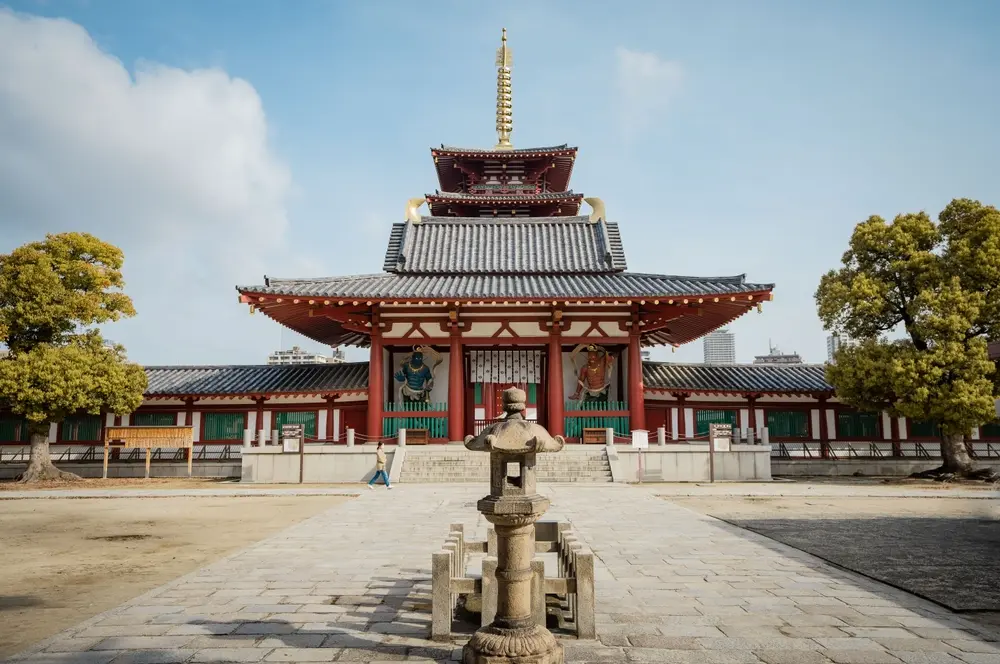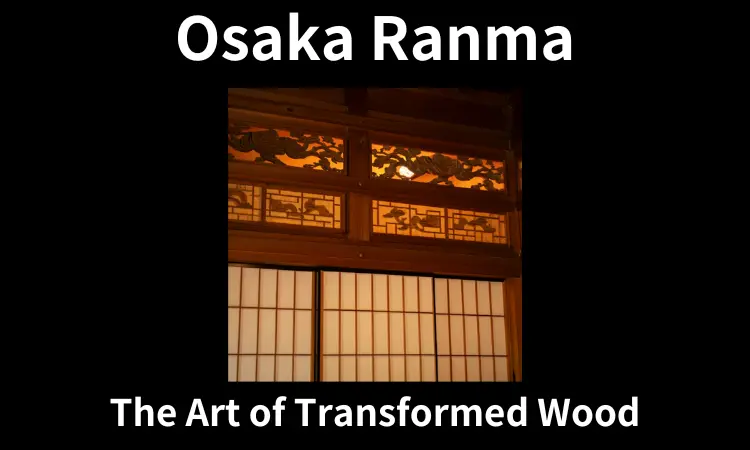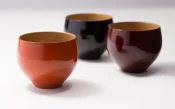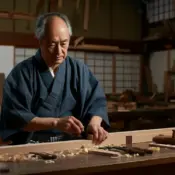Osaka Ranma: The Art of Transformed Wood
Osaka, a city known for its vibrant culture and deep-rooted traditions, is home to some of Japan’s most exquisite craftsmanship. Among these treasures is Osaka Ranma, a beautiful and intricate form of woodwork that has adorned traditional Japanese homes for centuries. Whether you’re a lover of Japanese art or simply curious about the finer details of Japanese interior design, Osaka Ranma offers a glimpse into the country’s rich cultural heritage. In this article, we’ll explore the history, craftsmanship, and unique qualities of Osaka Ranma, and why it’s a must-see for anyone visiting the city.
The History of Osaka Ranma
Ranma, a term that refers to the decorative transom panels found in traditional Japanese homes, has a history that dates back to the Edo period (1603-1868). Originally, Ranma served both functional and aesthetic purposes—allowing light and air to pass between rooms while also showcasing the artistry of skilled woodworkers. Osaka, with its thriving trade and rich cultural scene, became a center for the production of Ranma. Craftsmen in Osaka developed their own distinctive styles, often incorporating elements of local culture and natural beauty into their designs.
Over time, Ranma evolved from simple latticed panels to highly detailed carvings that depicted scenes from nature, folklore, and even urban life. The Edo period’s emphasis on artistry and refinement greatly influenced the development of Osaka Ranma, making it a sought-after feature in the homes of the wealthy and powerful.
The Craftsmanship Behind Osaka Ranma
Creating an Osaka Ranma is no simple task. It requires a high level of skill, patience, and an eye for detail. The process begins with the selection of high-quality wood, such as Japanese cedar or cypress, known for its durability and fine grain. The wood is then carefully carved by hand, with artisans using traditional tools to create intricate patterns and designs.
One of the most striking aspects of Osaka Ranma is the depth and realism achieved in the carvings. Artisans often spend weeks or even months perfecting a single panel, ensuring that each detail is finely executed. From delicate floral patterns to dynamic depictions of waves or animals, the artistry of Osaka Ranma reflects the natural beauty of Japan and the creativity of its people.
Why Osaka Ranma is Unique
While Ranma can be found throughout Japan, Osaka Ranma stands out for several reasons. First, the designs often reflect the natural beauty of the Osaka region, with motifs that include cherry blossoms, bamboo, and scenes of local landscapes. These designs are not only visually stunning but also carry deep cultural significance, connecting the art to the natural world and the traditions of the area.
Second, Osaka Ranma is known for its complexity. The layers of carving, combined with the use of shadow and light, create a three-dimensional effect that brings the designs to life. This level of detail requires incredible skill and sets Osaka Ranma apart from other types of woodwork.
Finally, the cultural heritage associated with Osaka Ranma adds to its uniqueness. For centuries, these panels have been more than just decorative elements—they have been symbols of status, artistry, and the connection between man and nature. Collectors and enthusiasts from around the world seek out Osaka Ranma not only for its beauty but also for the cultural story it tells.
Where to Experience Osaka Ranma in Osaka

One of the best places to experience Osaka Ranma is Shitennoji Temple, one of Japan’s oldest and most historically significant temples. Located in the heart of Osaka, Shitennoji is not only a place of worship but also a treasure trove of traditional Japanese art and architecture. The temple features several buildings adorned with intricate Ranma, showcasing the craftsmanship of the Edo period. Visitors can admire the beautifully carved panels that depict scenes from nature, religious motifs, and traditional patterns. A visit to Shitennoji offers a unique opportunity to see Osaka Ranma in a historical and spiritual context, making it a must-see for anyone interested in Japanese culture.
Conclusion
Osaka Ranma is more than just a decorative feature—it’s a testament to the artistry, culture, and history of Osaka. Whether you’re visiting Osaka or simply exploring Japanese art, the timeless beauty of Ranma is something you won’t want to miss. Take the time to experience this unique art form, and perhaps even bring a piece of Japan’s cultural heritage into your own home.
My Experience
Even for someone like me, who was born and raised in Japan, it’s becoming rare to see ‘ranma’ in modern Japanese houses. My relatives’ homes and my parents’ house are traditional old Japanese houses, and I remember thinking as a child, ‘This is really cool,’ whenever I saw the ranma there. It’s a bit sad that you don’t see these in newer homes nowadays.









